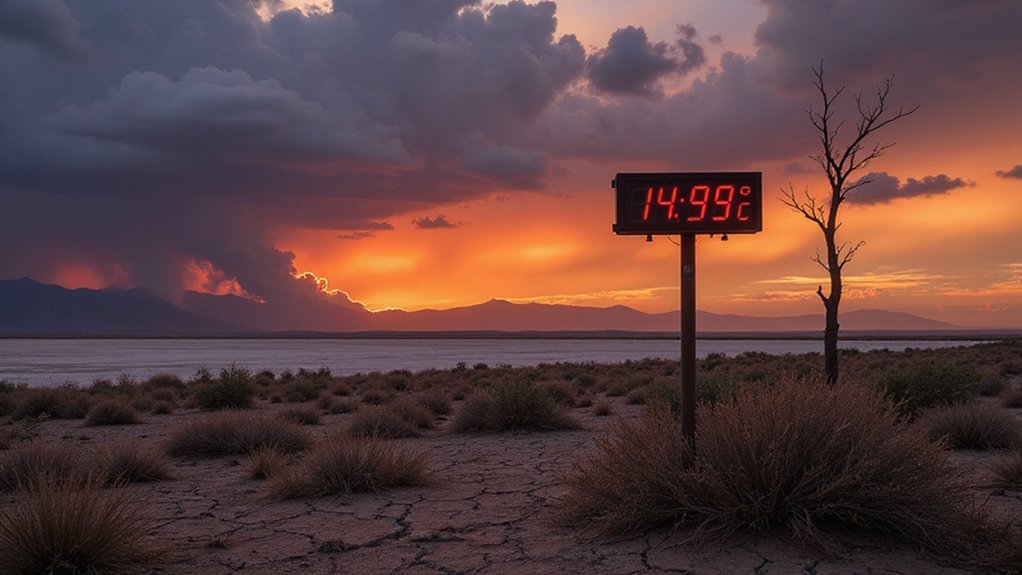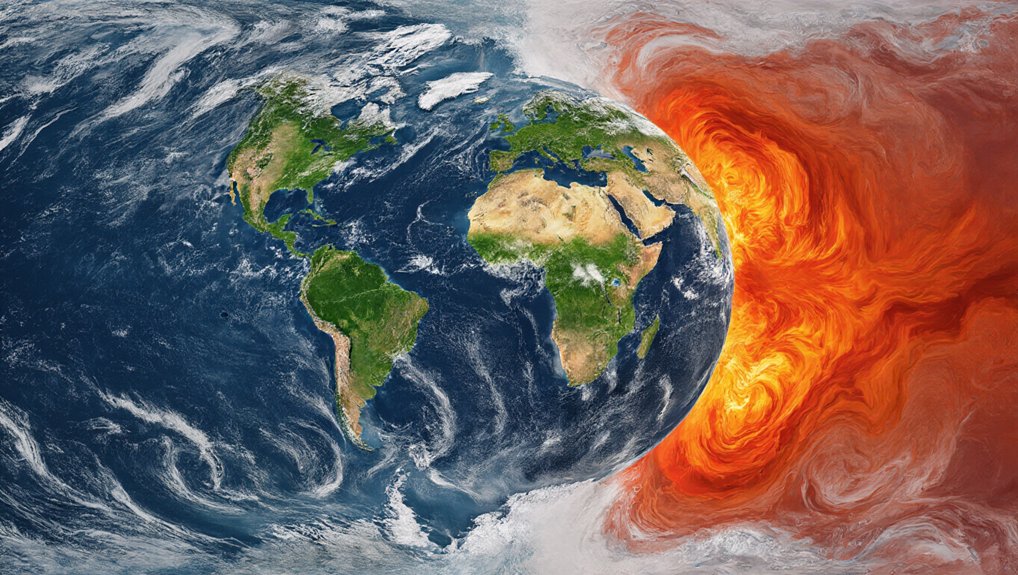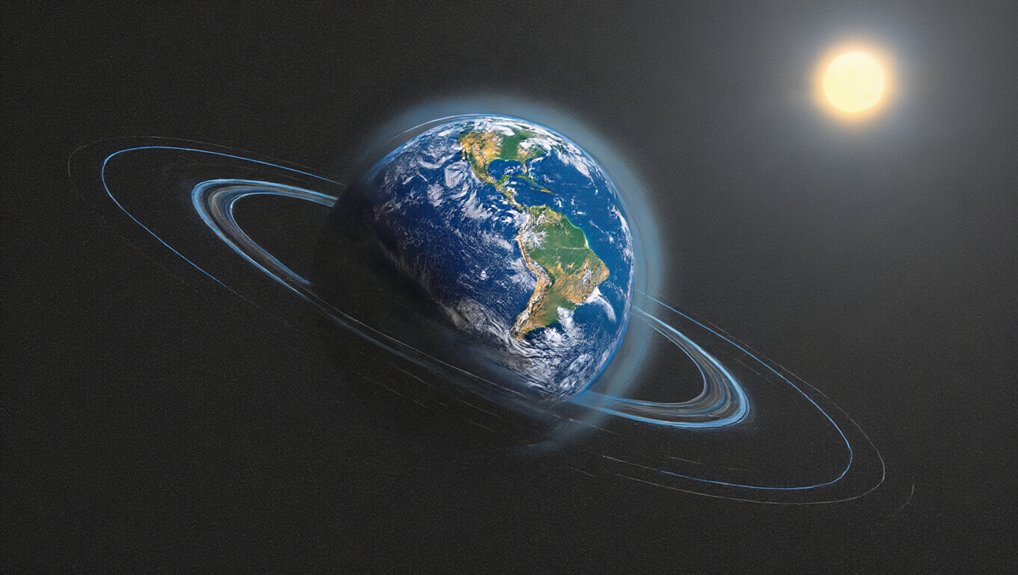April 2025’s global temperatures have crossed a dangerous line. The world’s average hit 14.96°C, breaking the vital 1.5°C threshold for the 21st time in 22 months. Scientists warn this isn’t just another hot month. Ocean temperatures have reached record highs while polar ice continues to disappear at alarming rates. These changes trigger feedback loops that may accelerate warming beyond human control. What happens next could determine Earth’s climate future.
The relentless march of global warming continued in April 2025, which recorded the second-highest temperatures ever for that month at 14.96°C. This reading was 0.60°C above the 1991-2020 average for April and 1.51°C higher than pre-industrial levels. It fell just 0.07°C short of April 2024’s record, while outpacing the third warmest April from 2016 by the same margin.
April 2025 marks the 21st time in 22 months that global temperatures have exceeded the critical 1.5°C threshold above pre-industrial levels. The 12-month period from May 2024 through April 2025 averaged 1.58°C above pre-industrial measurements, despite the cooling influence of a La Niña pattern in the Pacific Ocean.
Global warming shows no signs of abating, exceeding the 1.5°C threshold for nearly two years even amidst La Niña cooling.
Ocean temperatures also showed alarming trends, with sea surface temperatures (excluding polar regions) reaching 20.89°C in April 2025. This made it the second hottest April ever recorded for ocean temperatures, trailing only last year’s unprecedented readings. The Northeast North Atlantic experienced its warmest April sea surface temperature on record, adding to concerns about marine ecosystem disruption.
Regional variations were notable across the globe. Europe experienced mainly above-average temperatures, with eastern Europe, western Russia, Kazakhstan, and Norway showing the most significant warm anomalies. The European land temperature averaged 9.38°C, which was 1.01°C above the 1991-2020 reference period.
Polar ice continued its long-term decline, with both Arctic and Antarctic regions showing concerning melt patterns. These changes align with climate model predictions and contribute to feedback loops that can accelerate warming. The diminishing effectiveness of natural carbon sinks under climate stress further compounds the warming effect of greenhouse gases.
The persistent breach of the 1.5°C limit—a key target in the Paris Agreement—suggests growing difficulty in meeting international climate goals. Following the record-breaking heat of 2023 and 2024, experts project 2025 will be the third hottest year on record.
Scientists attribute these temperature increases primarily to human activities, especially the burning of fossil fuels. Data supporting these findings comes from billions of measurements collected worldwide via satellites, ships, aircraft, and weather stations.
Without significant intervention, experts warn temperatures will likely continue exceeding critical thresholds, increasing the frequency of extreme weather events.
References
- https://www.indiatoday.in/environment/story/april-2025-second-warmest-global-temperature-1-5-degree-threshold-temperatures-remain-above-normal-levels-2721420-2025-05-08
- https://www.independent.co.uk/weather/april-global-warming-temperatures-warm-b2746943.html
- https://climate.copernicus.eu/surface-air-temperature-april-2025
- https://www.ndtv.com/world-news/world-records-2nd-warmest-april-temperature-remains-above-normal-levels-8359342
- https://www.rte.ie/news/world/2025/0508/1511655-global-temperatures/









